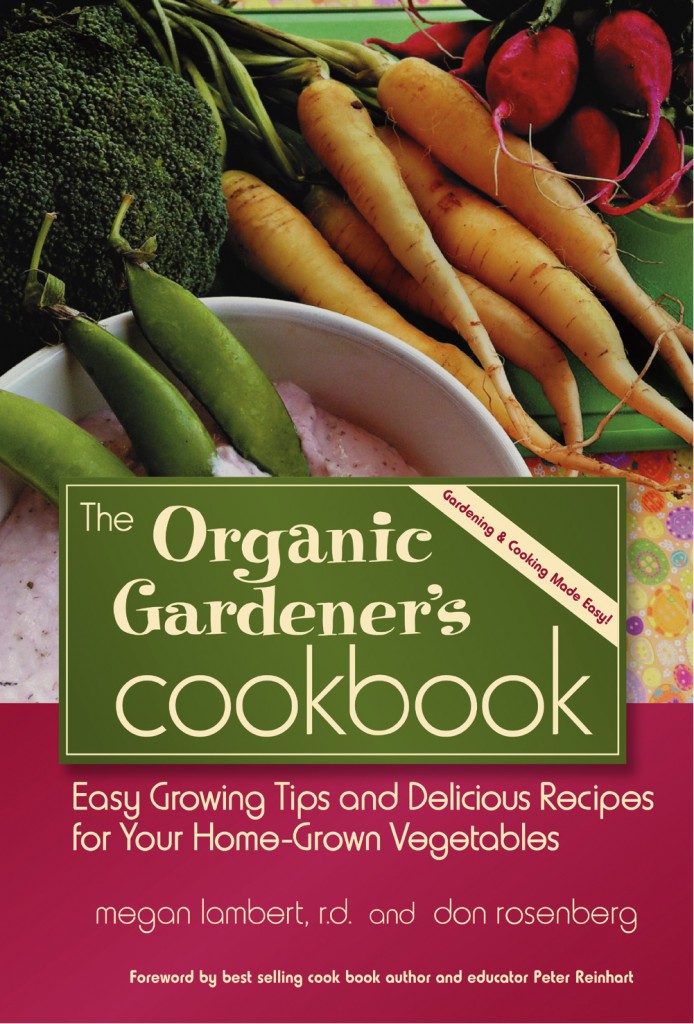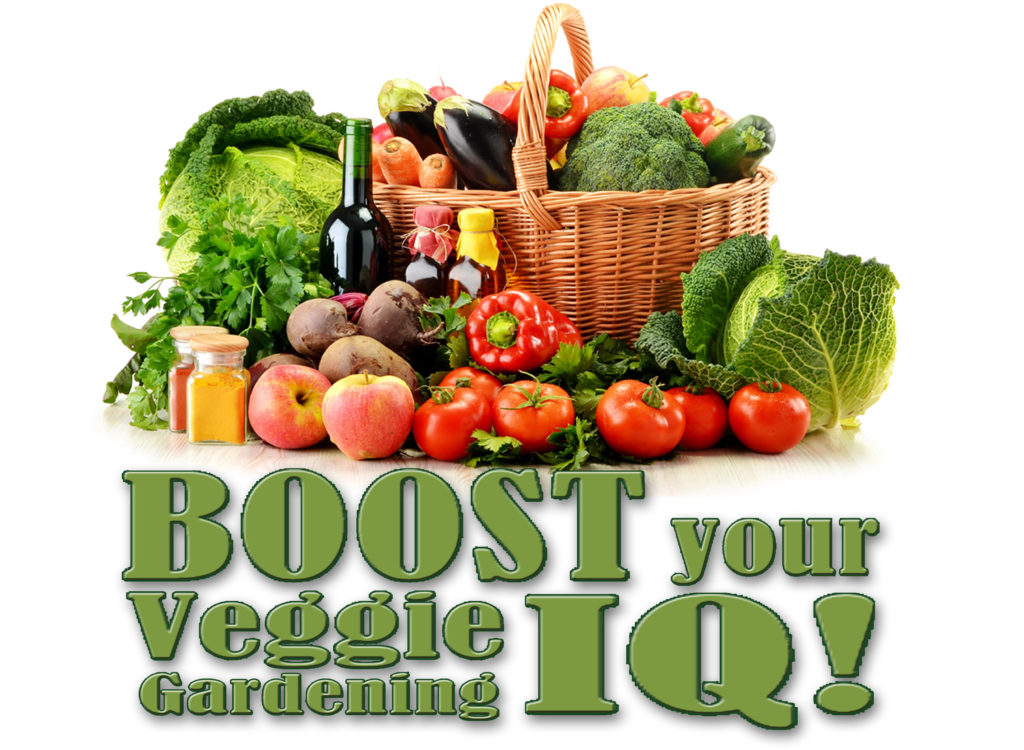Get Started
So you’d like to grow organic food in your own back yard. What should you check first?
1. Location, Location, Location
You want your raised bed organic garden to face south, with the tallest crops in the back. Since you’ll be visiting it often, it’s best to place it close to your back door and near your water source.
2. Sunlight
Your organic garden needs at least six hours of sunlight each day. It can be morning or afternoon sun, and if you have some partial sun during the day, you need to factor that in, too. (Half sun for two hours is the same as one hour of full sun.)
Here’s a tip on how to determine your sun… If you have a digital camera, head out to your back yard in the morning and snap a few photos of the spots you think might work best. Then set your oven timer for one hour and go back out and take the same shots again. Continue this throughout the day. It will give you an accurate record of your sunlight. If you do this in winter or spring, make note of the shadows of any tree trunks, since they’ll indicate where the shade will be once the leaves are back. Also note that the sun will be lower in the sky in the winter and fall, so you’ll need to take that into consideration as well.
Here’s another way that’s faster…
Stand in the spot you’re considering for your garden. Face due south. Draw the arc of the sun’s path during the day, which is from southeast to southwest. Hold your arms where you see clear sky – above anything in the way like houses or trees. The angle you get tells you how much sunlight to expect. Of course, if it’s winter time, you’ll have to account for the leaves that will be on the trees come springtime! Move to other parts of your yard to determine the very best spot. Six hours of sun is a minimum, but you can never have too much sun. We have tricks to take care of that!
3. Garden Size
Use the “Goldilocks Rule” – not too much and not too little. That means you don’t want to grow so much organic food that you scare your neighbors by knocking on their doors trying to give away baskets of tomatoes and zucchini. On the other hand, you should have enough of a harvest each evening to make a meal. I tell clients “If you’re having peas for dinner – you want more than seven.” You’ll need to know which vegetables your family members are interested in, how many square feet will be needed for your organic garden to supply an adequate harvest of each crop, and add that up for each season to determine the number and types of raised beds to build. A good rule of thumb is a family of four can do well with two 3×8 beds, but every case is different.
4. Slopes and Hills
Level ground or a gentle slope is best. If it’s a little bit steeper, your raised beds will have to be terraced into the slope. Our raised bed gardens are three feet across, so if your slope doesn’t drop by more than 8 or 9 inches in three feet, you should be OK.
Follow the rest of these steps and soon you’ll have enough organic food to feed the entire family!
Veggie Quiz. You and your family can take the veggie quiz to see which crops you’d like to grow. You can click on each variety to see a picture and get more information.
Garden Planning. Once you’ve done your quiz we’ll be in touch to work out a customized layout for your family garden.
Installation. We’ll set up a time to install your garden and show you the basics of planting and watering. Find an Instant Organic Gardener near you!
Ongoing Support. Customers get twelve months of support and can contact us by phone and email with questions you may have. You’ll have access to the member side of our website where you can see more detailed information on the care and harvesting of different crops.








